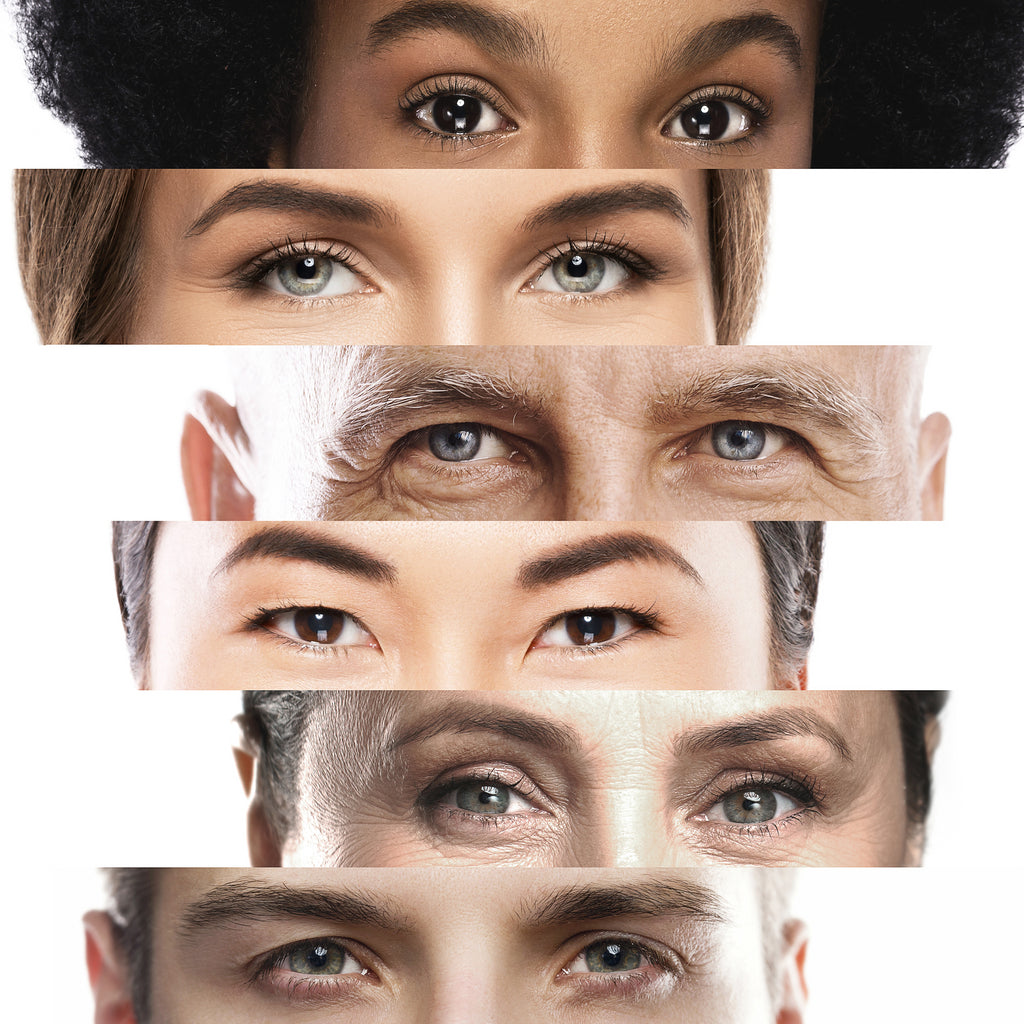Understanding the Differences Between Male and Female Facial Skin

When it comes to skincare, one size certainly does not fit all. While many products are marketed universally, there are fundamental biological and behavioral differences between male and female facial skin that influence how skin ages, responds to environmental stressors, and benefits from skincare routines. Understanding these distinctions helps both men and women make more informed choices—and highlights how Ayucell is uniquely positioned to support skin health across the board.
The Biological Differences: Thickness, Collagen, and Sebum
One of the most significant differences between male and female facial skin lies in its structure. Men's skin is approximately 20-25% thicker than women's, primarily due to higher levels of testosterone. This thickness contributes to a firmer texture and often results in slower visible aging initially. However, once aging begins, men may experience more abrupt changes.
Men also have higher collagen density. Collagen, the protein responsible for skin's elasticity and firmness, tends to degrade more gradually in men. In contrast, women often experience a sharper decline in collagen levels, especially after menopause. This leads to faster development of wrinkles and sagging in female skin.
Sebum production also differs significantly. Men generally produce more sebum (oil) due to androgen hormones, which makes their skin oilier and more prone to acne. Women's skin, while typically less oily, is more susceptible to dryness and sensitivity, especially during hormonal fluctuations.
Shaving and Skin Barrier Impact
One of the most unique and routine activities that affects male skin is facial shaving. The act of shaving exfoliates the skin by removing the top layer of dead skin cells, which can have both beneficial and adverse effects. While this can lead to smoother skin and help prevent clogged pores, frequent shaving can also compromise the skin barrier, leading to irritation, micro-cuts, and increased sensitivity.
Women, on the other hand, are less likely to shave their facial skin. Their exfoliation typically comes from skincare routines involving chemical exfoliants, scrubs, or professional treatments. These methods can be gentler or harsher depending on frequency and product formulation.
Because of the shaving routine, men might benefit more from post-shave skincare that soothes and repairs the barrier, while women may require more hydration and anti-inflammatory ingredients to support their thinner, more sensitive dermis.
Hormonal Influences on Skin
Hormones play a pivotal role in how male and female skin behaves. Testosterone drives many of the structural features in men’s skin—thicker dermis, oilier texture, and increased facial hair. Estrogen, on the other hand, contributes to skin moisture retention and collagen maintenance in women. As estrogen levels decline with age, women tend to experience a noticeable loss of skin volume and elasticity.
Additionally, women are more prone to hormonal acne during their menstrual cycles, pregnancy, and menopause. Men can also experience hormonal acne, especially during puberty, but it often stabilizes faster. This cyclical nature of hormonal changes in women calls for adaptable skincare that addresses varying needs throughout the month.
Lifestyle and Grooming Habits
Beyond biology, lifestyle habits also play a role in skin health. Men are generally less likely to use sunscreen, moisturizers, or follow complex skincare routines. This can lead to increased sun damage, dryness, and premature aging despite their initial structural advantages.
Women, conversely, are often more proactive about skincare from a younger age. The widespread use of makeup among women also introduces different skincare needs. Removing makeup, preventing clogged pores, and maintaining hydration are critical elements of a female skincare regimen.
Exercise, diet, stress, and sleep also affect skin health in both genders, but the manifestations can differ based on the skin's inherent properties. A skincare solution that takes these variables into account can help bridge the gap between prevention and correction for both men and women.
Ayucell: A Science-Backed Solution for All Skin
Regardless of these differences, there is one cellular process that underpins aging in all human skin: the decline of NAD+ (nicotinamide adenine dinucleotide). NAD+ is a vital coenzyme that supports cellular energy production, DNA repair, and skin resilience. As we age, NAD+ levels drop—leading to slower cell turnover, weakened barrier function, and visible signs of aging.
Ayucell's hero ingredient, nicotinamide riboside (NR), is a powerful NAD+ precursor designed to replenish these levels at the cellular level. By boosting NAD+, Ayucell addresses aging from within, improving skin structure, tone, and vitality in both men and women.
Whether you're dealing with post-shave irritation, hormonal acne, thinning skin, or oxidative stress, Ayucell provides a universal foundation for skin longevity. The formulation is lightweight yet potent, suitable for the thicker skin of men and the more delicate dermis of women.
One Product, Tailored Impact
What makes Ayucell stand out is its adaptability. While male and female skin have differing needs, Ayucell’s formulation is rooted in cellular science that transcends gender lines. It strengthens the skin barrier, promotes collagen synthesis, reduces inflammation, and improves overall radiance. With consistent use, both men and women can experience smoother, firmer, and more youthful skin.
Ultimately, great skincare is about understanding your unique skin story. Whether you shave daily or wear makeup, have oily or sensitive skin, Ayucell works at the cellular level to deliver visible, lasting results. Experience the power of NAD+ and unlock healthier skin, no matter your gender.
